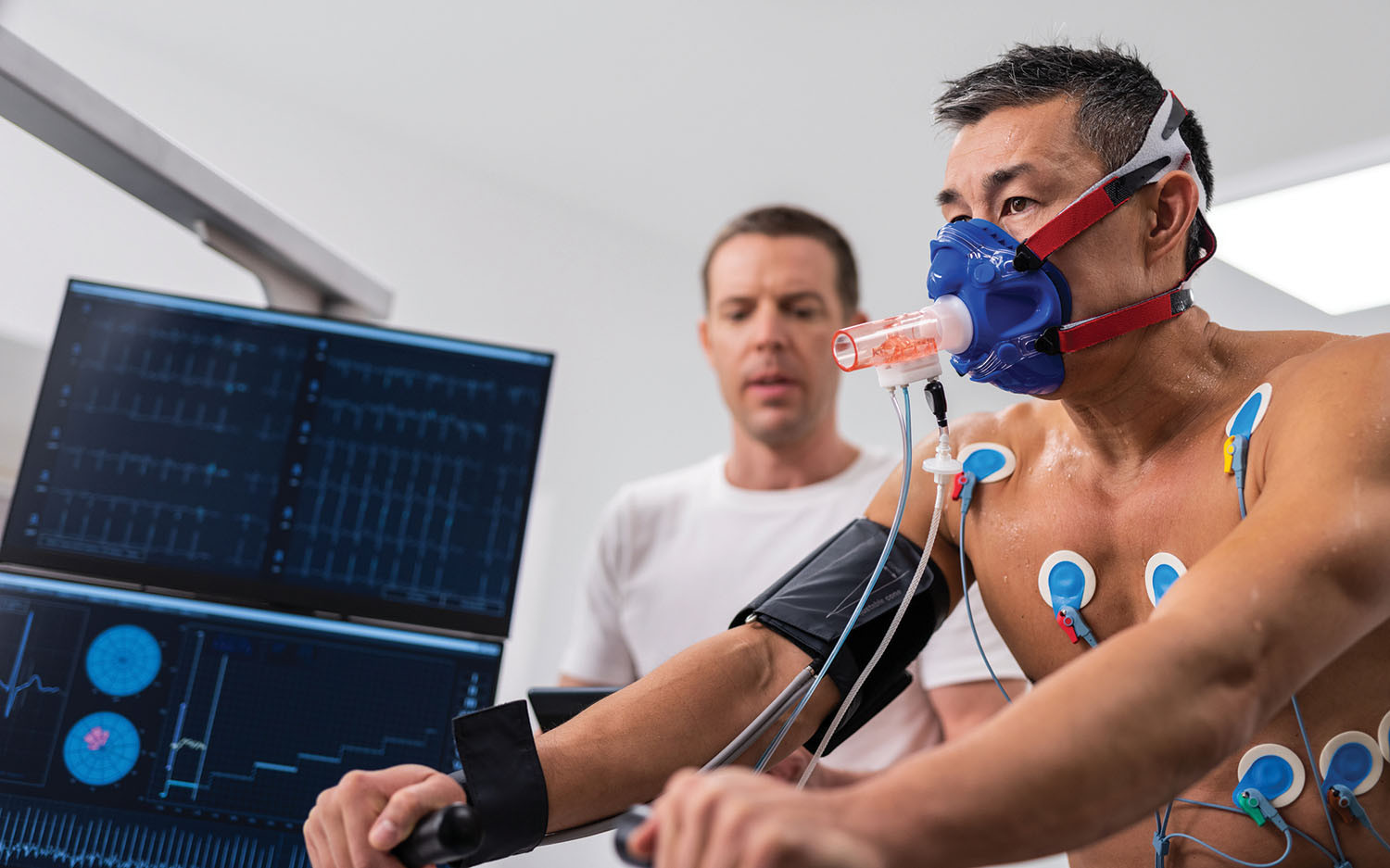
5 timeless habits for better health

What are the symptoms of prostate cancer?

Is your breakfast cereal healthy?

When pain signals an emergency: Symptoms you should never ignore

Does exercise give you energy?

Acupuncture for pain relief: How it works and what to expect

How to avoid jet lag: Tips for staying alert when you travel

Biofeedback therapy: How it works and how it can help relieve pain

Best vitamins and minerals for energy

Should you take probiotics with antibiotics?
Heart Health Archive
Articles
Yoga and high blood pressure
A regular yoga practice may help lower blood pressure. But people with this condition should be cautious about certain poses that place the heart higher than the head (known as inversions).
What causes a stiff, narrowed aortic valve?
The most common cause of a stiff, narrowed aortic valve (aortic stenosis) is a buildup of scar tissue and calcium on the valve. Factors that contribute to narrowing of this valve include age, an inborn valve defect, and various diseases such as kidney disease. Aortic stenosis can cause shortness of breath, fatigue, and lightheadedness, especially during physical activity.
Beware of possible rise in blood clot risk when binge-watching television
Watching television for four or more hours a day is linked to a higher risk of developing dangerous blood clots.
Unmasking the varied causes of breathlessness and fatigue
Cardiopulmonary exercise testing (CPET) can help diagnose unusual causes of breathlessness, such as pulmonary hypertension or heart failure with preserved ejection fraction. CPET collects information about a person's heart and lung function to assess how the body responds to exercise. It may also help doctors better understand the lingering fatigue and breathlessness that sometimes occur after a COVID-19 infection.
A healthy drizzle: Olive oil linked to lower heart-related deaths
Consuming just a half-tablespoon or more of olive oil a day is linked to a lower risk of dying from heart disease and other chronic health conditions.
Magnesium and blood pressure: What's the evidence?
The FDA will allow companies to make certain health claims regarding the consumption of magnesium and a reduced risk of high blood pressure. But the evidence for the link is inconclusive and inconsistent.
Heart attack versus cardiac arrest
Heart attacks occur when a blocked coronary artery prevents blood flow to part of the heart. Cardiac arrest is caused by an electrical misfire that causes the heart to abruptly stop beating.
Smart snack strategies
Between-meal snacks can either help or hinder people's efforts to eat a heart-healthy diet. Simple strategies such as upgrading food choices can help. Instead of low-quality carbs like candy or potato chips, people should choose high-quality carbs like fruit or whole-grain crackers, along with a little protein or healthy fat (such as half an apple with a handful of nuts). They should also try to avoid eating simply out of habit when they're not actually hungry.
The changing landscape of LDL lowering drugs
For most people, statins are still the best way to lower harmful LDL cholesterol. But two newer drugs may be promising additions or alternatives for those with stubbornly high LDL levels. Bempedoic acid, which lowers LDL by about 25%, works in a manner similar to statins but may help reduce muscle-related side effects seen with statins. Inclisiran interferes with a protein that's involved with regulating LDL production in the liver; it lowers LDL by about 50%.
Staving off heart problems in your 80s and beyond
For people in their 80s and beyond, the advice for preventing and treating heart disease is similar to that for young people, especially with respect to staying physically active. But octogenarians may need to adjust their medication regimens. Low-dose aspirin is not recommended after age 70, and doses of anti-clotting medications may need to be reduced. Some people may also need to dial back their blood pressure medications if they experience side effects such as dizziness.

5 timeless habits for better health

What are the symptoms of prostate cancer?

Is your breakfast cereal healthy?

When pain signals an emergency: Symptoms you should never ignore

Does exercise give you energy?

Acupuncture for pain relief: How it works and what to expect

How to avoid jet lag: Tips for staying alert when you travel

Biofeedback therapy: How it works and how it can help relieve pain

Best vitamins and minerals for energy

Should you take probiotics with antibiotics?
Free Healthbeat Signup
Get the latest in health news delivered to your inbox!
Sign Up











